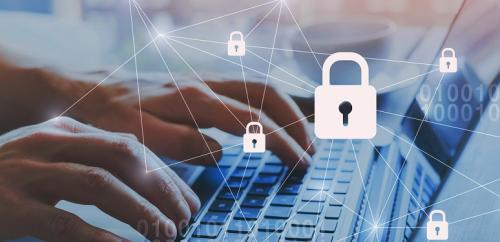Cybersecurity Awareness Month continues through October, but the cable industry's efforts to keep its networks secure and people safe online never ends.
Today's Biggest Cybersecurity Threats
Cybercriminals' most common attacks include: data breaches, phishing schemes which lure users to give away confidential information, denial of service attacks which prohibit users from gaining access to a service, ransomware, espionage, and botnets.
- An example of a recent botnet is the Mirai cybersecurity attack, which took place in 2016. A group of devices were compromised, and the wireless service attack took down large parts of the internet, causing a shift in how the government and the private sector approach security.
How Cable Operators Mitigate Cybersecurity Threats
Cable internet service providers (ISPs) are constantly monitoring the landscape to identify these threats. At the same time, ISPs have tools in place to deflect attacks and to protect sensitive and confidential data on their networks. And collaborative efforts have led to the development of best practices:
- National Institute of Standards and Technology (NIST) Cybersecurity Framework: Cable operators have been working with NIST for nearly a decade to develop cybersecurity protocols, processes, and procedures.
- Open Connectivity Foundation (OCF) Specification: The OCF brings together cable operators, manufacturers, and security companies to apply best practices to IoT devices and other measures.
- Micronets: Spearheaded by CableLabs—the industry’s R&D arm—, Micronets is a framework that isolates traffic from the network to a single device—which would have prevented the Mirai attack in 2016. Micronets works through quick identification of an attack and then quarantines the vulnerable IoT devices.
- 10G: The 10G network includes more advanced security protocols to ensure that consumers are more protected while using this super fast low-latency network.
Cybersecurity threats are difficult to predict but the cable industry is always preparing for the unknown by developing innovative solutions to prevent attacks that could compromise consumers, their devices, and their confidential information.
